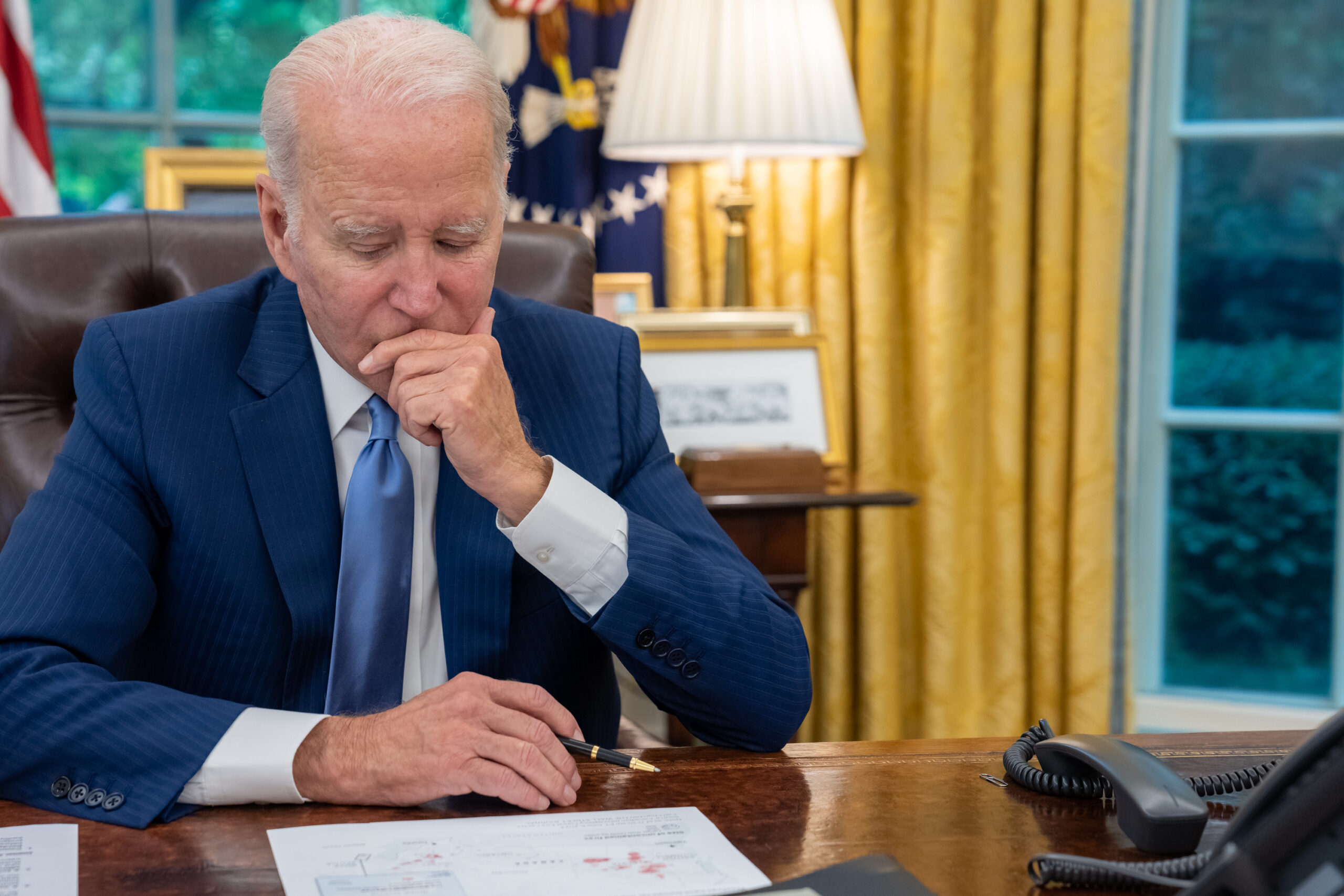America is failing to cut ties with China. Report Economist

Despite the political emphasis on derisking, in reality, US trade dependence on China is by no means diminishing. Here's what the Economist writes
If the mantra of American politics is derisking from China, and its corollaries are the processes of reshoring , nearshoring and friendshoring of production chains at a safe distance from the Dragon, the reality is different and it is that the strategic dependence on Beijing and its trade is not decreasing at all but on the contrary increasing. This is what emerges from a recent study by the Economist with the emblematic title "How America is failing to cut relations with China".
Keyword: derisking
Derisking has become the buzzword in Sino-US relations, notes the British weekly. The trend towards reducing exposure to geopolitical risk deriving from having too deep economic ties with an authoritarian power like China is already producing concrete results: in the first half of this year, for example, Mexico and Canada traded more with the 'America than with China for the first time in the past two decades.
And yet, despite the emphasis on the processes of reshoring, nearshoring and friendshoring which characterizes the current economic strategy of the White House, the ties between America and China are not loosening at all, but, on the contrary, they are being remodeled in new forms and in unreleased part.
Paradoxical effect
It is certainly true that in this phase the USA, to replace imports from China, are relocating their production to friendly countries such as India, Mexico, Taiwan and Vietnam. Trade with these partners is actually increasing rapidly: only 51% of US imports last year from low-cost Asian countries came from China compared to 66% five years ago.
The problem is that trade between American partners and China is also increasing, suggesting that those countries are simply acting as assemblers of Chinese goods. As shown by a recent study by the University of California cited by the Economist, the countries that have the closest trade relations with China in a given industry are also the greatest beneficiaries of the redirection of trade flows, and this indicates how Chinese production chains they are still fundamental to America.
This is also true for those high-tech goods on which America is trying to limit Chinese influence. In fact, the share of imports from China of these goods fell by 14 percentage points between 2017 and 2022, while those from Taiwan and Vietnam, i.e. countries that have massive import flows from China, gained market share.
Sometimes exports to America from friendly countries consist of nothing but Chinese goods repackaged to avoid tariffs. In other cases it is more simply a question of electrical or mechanical parts that actually come from the country that manufactures them at the lowest cost, i.e. China again.
The Asean case
Take the exports of ASEAN countries for example: according to the most recent data, dating back to 2018, about 7% of their value can be attributed to some production in China. This is a trend that has only increased in recent years, during which China has increased its exports to countries of the bloc in 69 of the 97 product categories monitored by the organization.
Trade in electronic goods in particular from China to ASEAN has literally exploded: in the last five years sales of these goods in countries such as Indonesia, Malaysia, Thailand and the Philippines have increased by 49 billion dollars, or 80%. Chinese investments in this area are also on the rise, eclipsing those of the USA.
If there is a sector where the Chinese presence is particularly visible, it is the automotive sector. In Mexico last year, 40% of nearshoring investments came from companies that moved to that country from China. Chinese companies exported $500 million a month in parts to Mexico last year, more than double the amount five years ago.
And in Europe?
A similar trend can be found in Central-Eastern European countries, where, thanks also to the rapid adoption of the electric car, imports of car parts from China represent 10% of all imported parts, with a share of market higher than that of any other country.
The paradox therefore is that, as American demand for final products manufactured in friendly countries increases, so does that of Chinese intermediate goods, as well as creating incentives for Chinese companies to operate and export to alternative locations.
Phony decoupling
In short, since it is true that all countries are looking for foreign investment and the employment benefits that derive from it, it must be concluded that America has not been able to convince its closest partners to cut ties with China. It follows that decoupling is a chimera that hides the reality of a China still at the center of global value chains.
With the paradox that, with the growing emphasis on reshoring and friendshoring processes, the opposite effect of the one desired by the Americans corresponds, ie the increase in strategic dependence on Beijing.
This is a machine translation from Italian language of a post published on Start Magazine at the URL https://www.startmag.it/primo-piano/derisking-stati-uniti-cina/ on Sun, 13 Aug 2023 05:55:22 +0000.
